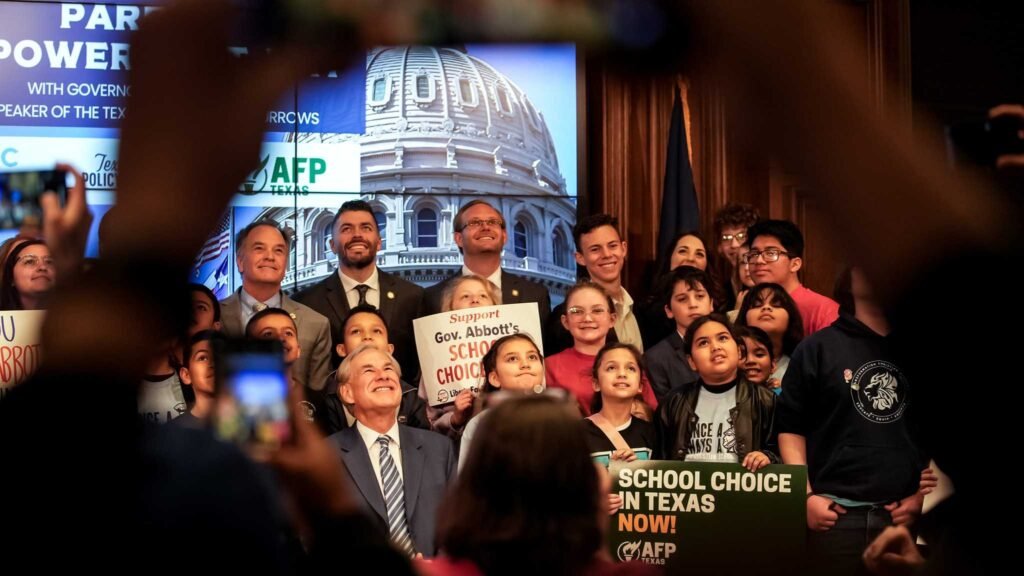The Emerging Landscape of School Choice in Texas: A Potential Turning Point for Education
The Texas Legislature stands on the brink of enacting the largest day-one school choice program in the United States. This transformative school voucher legislation, which has already garnered approval from the Senate, is expected to be debated in the Texas House this week. As discussions unfold, the potential implications for communities like the Rio Grande Valley are significant and noteworthy.
The Educational Challenges in the Rio Grande Valley
The Rio Grande Valley (RGV) is grappling with some of the highest poverty levels in the nation. A 2024 report indicated that an astonishing 87% of students enrolled in public schools within the RGV are categorized as economically disadvantaged. These challenging economic conditions further compound the already difficult educational landscape, where students face low kindergarten readiness rates, poor reading scores, and dismal college graduation rates.
In a comparative analysis of 150 U.S. metropolitan areas, a 2025 study ranked regions such as McAllen-Edinburg-Mission and Brownsville-Harlingen as 148th and 149th, respectively, for education levels. Alarmingly, these areas ranked last for high school diplomas and associate degrees among adults, highlighting a significant educational deficit.
The Impact of Poverty on Educational Attainment
Numerous studies have established a clear correlation between poverty and low educational performance. Students from lower-income backgrounds face higher risks of failing grades, frequent absenteeism, and increased dropout rates. While not all public schools are failing, and many students thrive in their district schools, it is evident that the Texas education system needs to improve for communities such as the RGV.
The Promise of School Choice Initiatives
House Bill 3 proposes a substantial change by enabling parents to access over $10,000 to tailor their child’s education to fit their unique needs. This education savings account can be utilized for various educational expenses, including tuition at non-public schools, English language support, disability accommodations, and transportation assistance, among others.
Ultimately, school choice vouchers provide families with an essential tool to ensure that every student has access to quality education. Considering the ongoing struggles within the educational system, offering families more options and opportunities is a critical step forward.
Enhancing Public School Outcomes
Research indicates that school choice programs can enhance public school performance. The introduction of competition fosters an environment where schools are motivated to improve. If a public school faces declining enrollment, it is incentivized to bolster the quality of education to retain students. This competition could be crucial in closing the educational gap experienced in the RGV.
Addressing the Educational Crisis
Despite the abundance of potential, the educational crisis in the RGV remains daunting. Many parents and grandparents have made significant sacrifices to provide their children with opportunities for success. A reformed education system is essential for realizing these dreams.
Education serves as the backbone of society. If the current educational crisis is left unaddressed, the adverse effects will be felt across generations. Supporting school choice initiatives can provide much-needed assistance to students who struggle most—students who are often overlooked.
Conclusion: A New Dawn for Texas Education
The potential passage of the school choice program represents a pivotal moment for families and students in Texas. The long-awaited opportunity for educational reform could empower those who have been left behind and transform the educational landscape across the state.
As the Texas Legislature deliberates on this vital legislation, the implications for the future of education in areas like the Rio Grande Valley remain profound. Embracing school choice not only benefits individual students but also has the potential to fortify communities, paving the way for a brighter educational future.
For more information on school choice initiatives and their impact on education, explore valuable resources from Fordham Institute and other reputable sources.


